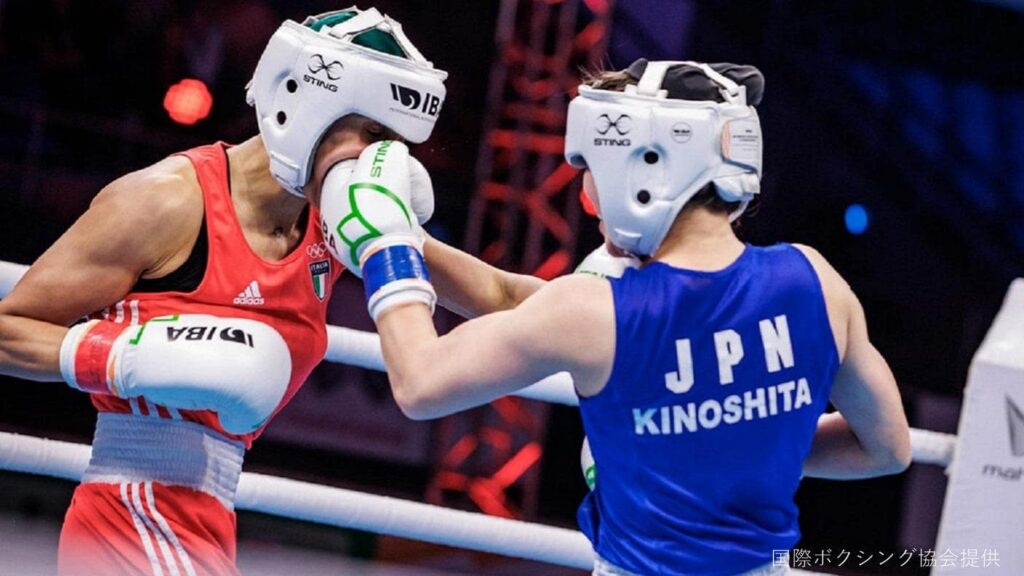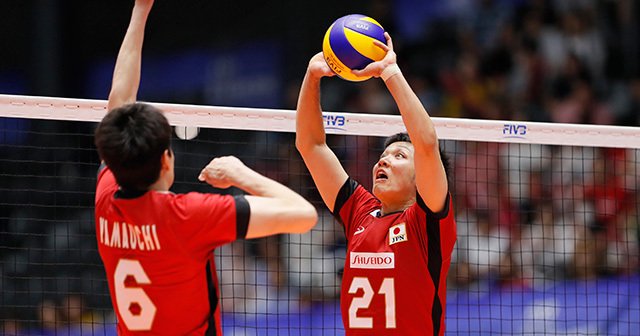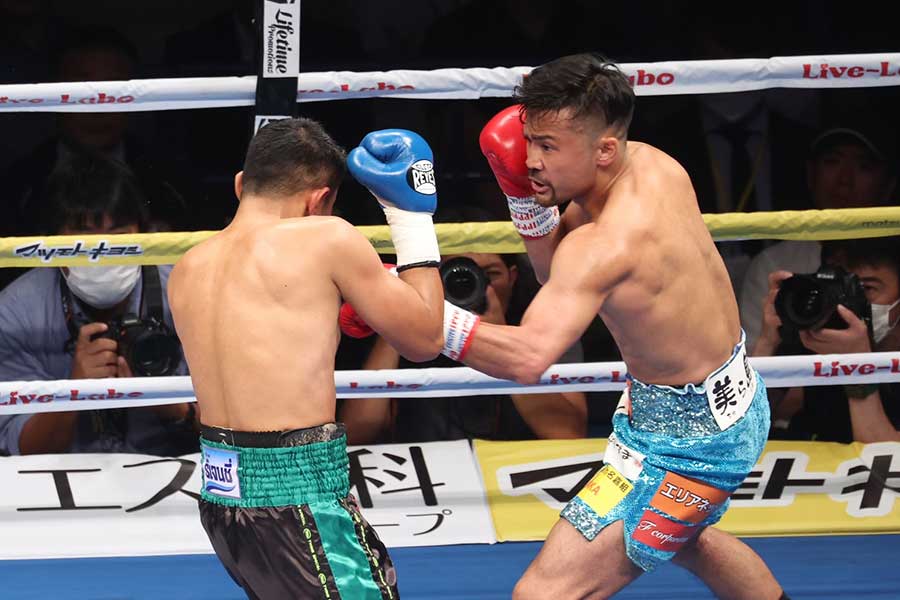
In amateur boxing, weight class has a big impact on how a fighter fights and trains.
Since each athlete has a different weight and physical characteristics, creating weight classes helps maintain a fair competitive environment.
This article will focus on detailed information about amateur boxing weight classes and strategies for success in each weight class.
We provide explanations so that boxers of all levels, from beginners to advanced, can gain useful knowledge.
目次
What is amateur boxing?
Amateur boxing is a sport with different rules and spirit than professional boxing, and is loved by many athletes around the world.
This section explores the basics of amateur boxing and how it differs from professional boxing.
Basic knowledge of amateur boxing
Amateur boxing is a sport that is primarily competed in the Olympics, international competitions, and regional competitions, and is divided into age, gender, and weight classes.
The objective of this competition is to win by earning points against your opponent.
Points are earned by hitting your opponent with a valid punch.
Amateur boxing emphasizes technique, strategy, speed, and agility, and athletes focus on honing these skills.
Difference between professional and amateur
Amateur boxing and professional boxing differ in several important ways.
These differences are noticeable in rules, objectives, equipment, and match structure.
-
Differences in rules : In amateur boxing, matches usually consist of three rounds, with each round lasting three minutes. In professional boxing, matches are longer, sometimes lasting up to 12 rounds. Also, amateurs use a points system to determine the winner, while professionals place more emphasis on KO (knockout).
-
Difference in purpose : Amateur boxing aims to improve technique and sportsmanship, often with the goal of competing in the Olympics or international competitions. Professional boxing, on the other hand, is about building a career and winning money.
-
Equipment differences : In amateur boxing, fighters wear headgear, which protects them from blows to the head. Headgear is not used in professional boxing.
-
Match Structure : In amateur boxing, fighters may have many matches in a relatively short period of time and compete in a tournament format. In professional sports, it is common for athletes to concentrate on a few matches a year, with a preparation period for each match.
Amateur boxing provides a great platform to develop technical proficiency and develop the spirit of boxing as a sport.
Amateur experience will be a valuable asset for athletes considering stepping up to the professional ranks.

Amateur boxing class system explanation
Amateur boxing has a class system in place to ensure fairness.
This system minimizes disadvantages due to physical differences by pitting athletes of similar weight against each other.
Here we provide an overview of amateur boxing weight classes and details about the weight limits for each weight class.
Class overview and classification
Amateur boxing classes are divided based on the weight of the athlete.
Classification allows athletes to compete in categories appropriate to their weight, ensuring safety and fairness in competition.
Classes vary slightly depending on the country and competition, but generally they are classified as follows.
Weight limit for each class
- Light flyweight : up to 49 kg (108 lbs)
- Flyweight : up to 52 kg (114 lbs)
- Bantamweight : up to 56 kg (123 lbs)
- Featherweight : up to 60 kg (132 lbs)
- Lightweight : up to 64 kg (141 lbs)
- Welterweight : up to 69 kg (152 lbs)
- Middleweight : up to 75 kg (165 lbs)
- Light heavyweight : up to 81 kg (178 lbs)
- Heavyweight : up to 91 kg (200 lbs)
- Super heavyweight : 91 kg or more (200 lbs or more)
These weight classes allow athletes to compete in a class that is appropriate for their weight, providing an environment where skill and strategy are the difference between winning and losing.
Each weight class requires different characteristics and tactics, so athletes must train and prepare to best suit their weight class.
In amateur boxing, athletes participate in various competitions held around the world according to these weight classes.
The weight class system forms a core part of amateur boxing and is essential to maintaining the integrity and fairness of the competition.
It is important for athletes to understand this system and aim for maximum performance in the weight class that suits them.

Why is class important?
The reason why a class system has been introduced in amateur boxing is to ensure the fairness of the competition and protect the safety and health of the athletes.
This system forms an essential part of the sport and makes boxing safer and more competitive.
Role in maintaining competition fairness
The weight class system eliminates the inequity that arises when athletes of different weights go head-to-head.
This system is extremely important in boxing, where body weight has a large effect on an athlete’s performance.
Heavier fighters are generally able to throw stronger punches and have the ability to do more damage.
Therefore, the weight class system ensures a fair playing environment by pitting athletes of similar weight against each other.
Competing in weight classes allows athletes to hone their strategies and techniques in order to achieve the best performance within their weight range.
This makes the competition more technical, allowing players to influence the outcome of the match with their own skill and strategy.
Player safety and health management
The class system is also very important to protect the safety and health of players. Fights between fighters with large weight differences are extremely dangerous for lightweight fighters and increase the risk of injury.
By having players of similar weight compete against each other due to the weight class system, the risk of injury during a match can be minimized.
Additionally, the weight class system encourages athletes to maintain healthy weight management. Athletes must maintain or adjust their weight in a healthy manner in order to compete within their weight class.
Extreme weight loss or excessive weight gain can have a negative impact on an athlete’s health, so weight management through proper nutrition and training is encouraged.
The class system is an important element in ensuring fairness and safety in amateur boxing.
Athletes compete according to this system, and while improving their skills, they are also responsible for protecting their own safety and health.

Famous amateur boxing athletes by class
Amateur boxing has produced a lot of talent, some of whom have achieved brilliant results at the Olympics and World Championships.
Through success in their respective weight classes, these star fighters progressed into professional boxing and achieved worldwide fame.
Here, we introduce famous athletes from each weight class and their paths to success.
Flyweight (up to 52kg)
- Player : Muhammad Ali (Cassius Clay)
- Road to success : Ali won a gold medal at the 1960 Rome Olympics, then turned professional and had a legendary career. His success as an amateur laid the foundation for his subsequent stellar performance in the pros.
Lightweight (up to 64kg)
- Player : Teofimo Lopez
- Road to success : After his amateur career, Lopez turned pro and quickly rose through the ranks. He won the world title in 2019 and has a stellar track record.
Middleweight (up to 75kg)
- Player : Gannady Golovkin
- Road to success : Golovkin won a silver medal at the 2004 Athens Olympics as an amateur. He then turned professional and won numerous titles in the middleweight division.
Super heavyweight (over 91kg)
- Player : Anthony Joshua
- Road to success : Joshua won gold at the 2012 London Olympics before turning pro. He rose to the top of the heavyweight division in a short period of time.
These athletes have used their success in amateur boxing as a springboard to excel in the professional world.
Their stories are a great source of motivation for young athletes currently taking up amateur boxing.
The journeys of these star athletes from each weight class demonstrate that talent, dedication, and countless hours of practice are the keys to success.

Summary: Understand the weight classes and enjoy amateur boxing more deeply
Understanding amateur boxing’s class system is critical to watching and enjoying the sport.
Each class has different strategies, styles, and challenges, and understanding them will make watching the game much more enjoyable.
Here we explore how class knowledge enriches the viewing experience and how it fosters a new understanding and respect for the sport.
The real thrill of watching games brought about by class knowledge
Because the body types and abilities of athletes differ depending on the class, each class develops unique tactics and techniques.
For example, lightweight bouts emphasize speed and agility, whereas heavyweight bouts emphasize blow power and durability.
By knowing the weight classes in this way, you can deepen your understanding of the tactical aspects of the game and the skills of the players, and enjoy the game from a more strategic perspective.
Understanding the characteristics of each class brings the joy of predicting the development of a match and evaluating the tactical decisions of players.
You will also be able to focus on how players position themselves within their weight class and how they differentiate themselves from their opponents.
New understanding and respect for the sport
Understanding the class system will also deepen your respect for the sport of amateur boxing.
The dedication, effort, and technical mastery that athletes display as they compete within the weight class reveals that it is much more than just a physical contest.
Looking through the ranks provides a better understanding of the challenges athletes face and the effort they put into overcoming them.
Also, seeing how athletes evolve and grow between weight classes symbolizes sportsmanship and a passion for competition.
The athletes’ journeys to success across weight classes will be an inspiring story for viewers, and will deepen their respect and love for amateur boxing.
Understanding the weight class system is the key to deeply enjoying amateur boxing and respecting the efforts and growth of athletes.
Armed with this knowledge, the viewing experience becomes richer and more fulfilling, leading to a deeper understanding and respect for the sport itself.




